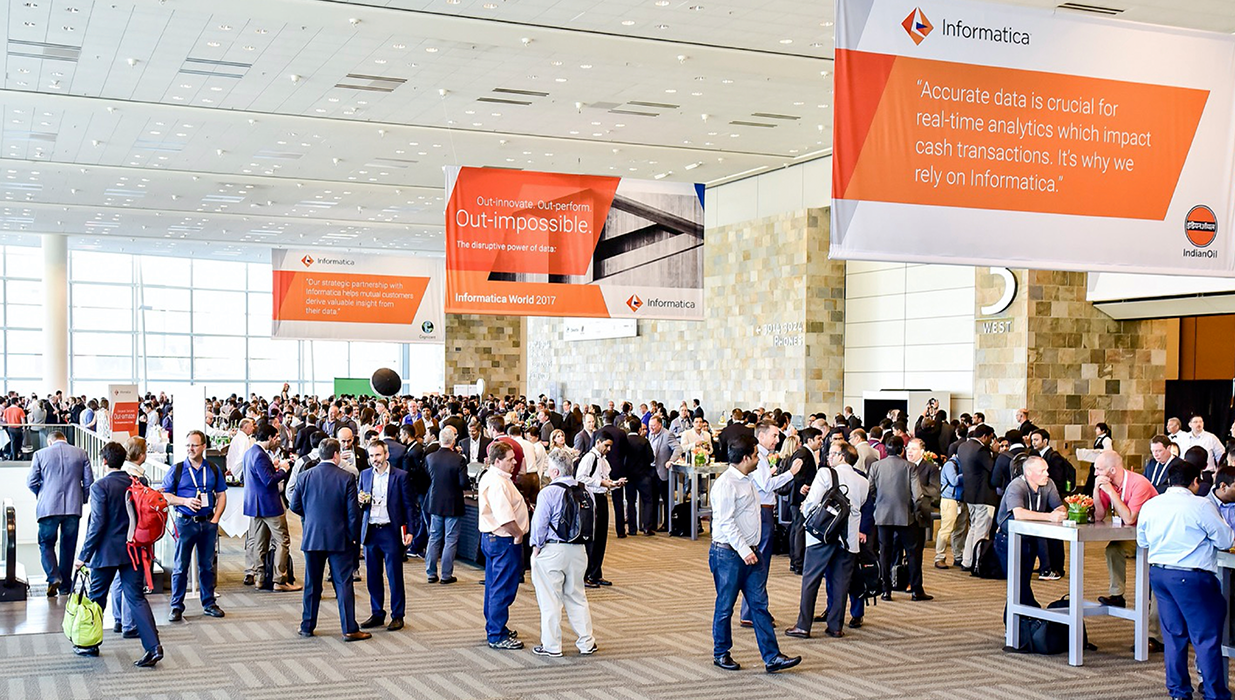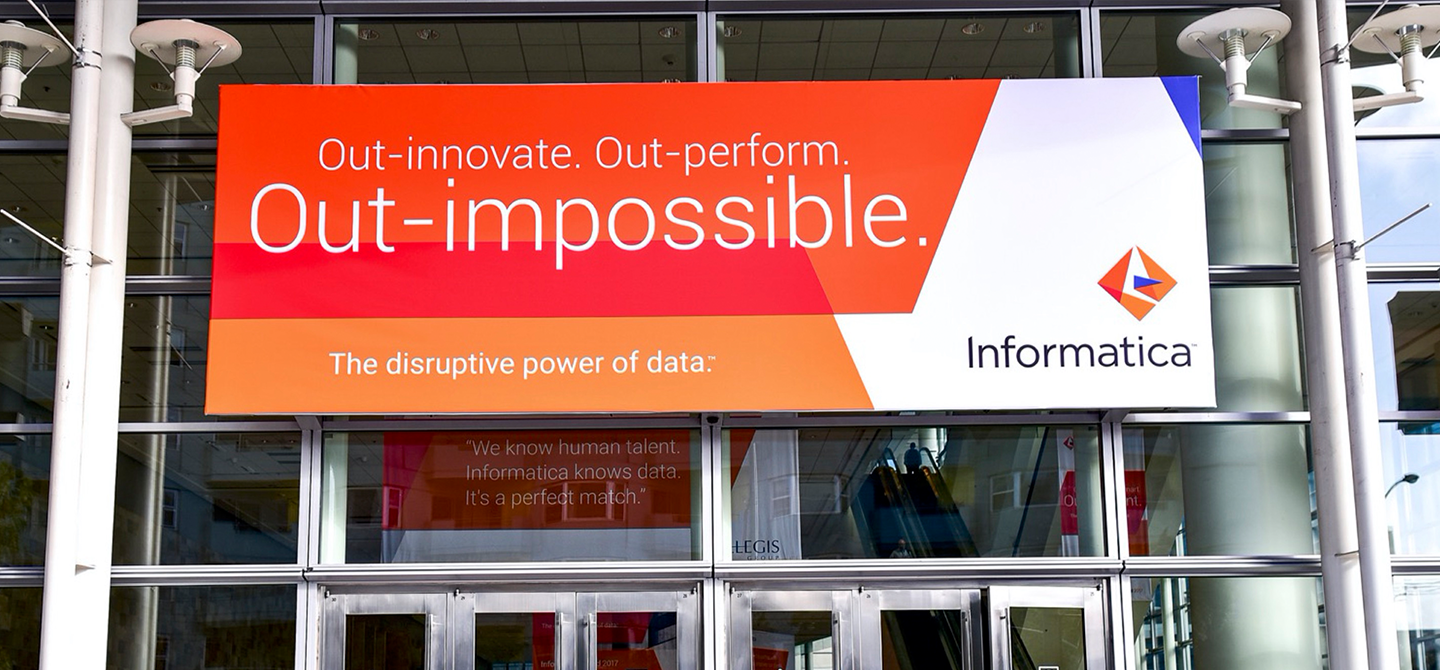Transforming Informatica for the future
Informatica
Practice
Industry
- Technology
Services
- Communications and media ecosystem audit
- Audience definition and drivers
- Campaign and communications strategy
- Media strategy, planning and negotiations
- Campaign plan
- Campaign messaging map
- Concept and creative copy development
- Creative prototyping and testing
- Campaign asset production
- Media buying and stewardship
- Campaign measurement
- Brand tracking
- Guidelines and toolkits
Since Informatica went public in 1999, the company had firmly established itself as a leader in data management. Lately, the company was perceived to be lagging behind newer entrants to the market. As a result, its share value had failed to reflect its overall success. In 2015, the company was taken private by Permira, and they brought on a new CMO, who hired Liquid Agency to recast its brand to close the perception-to-performance gap.
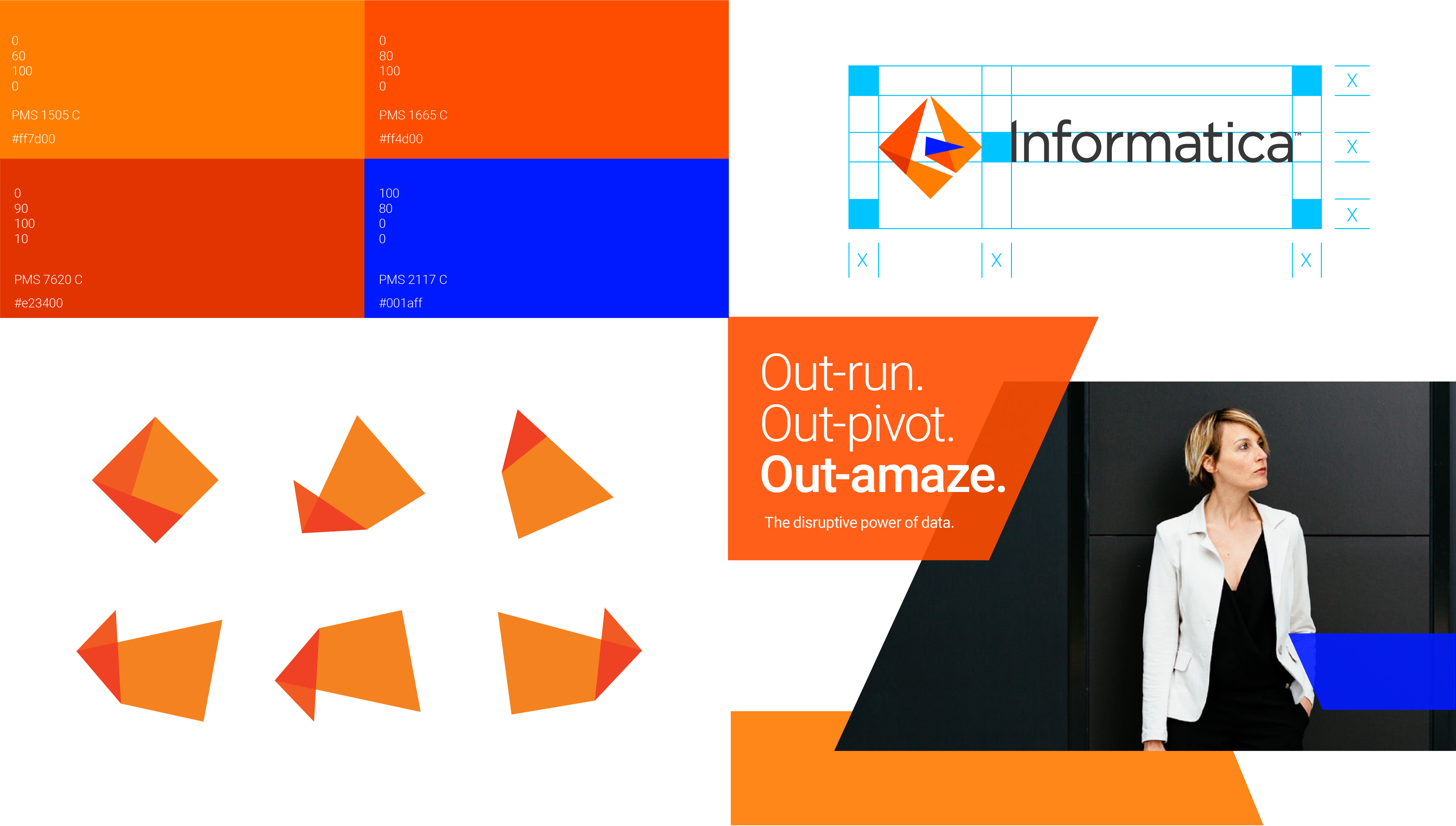
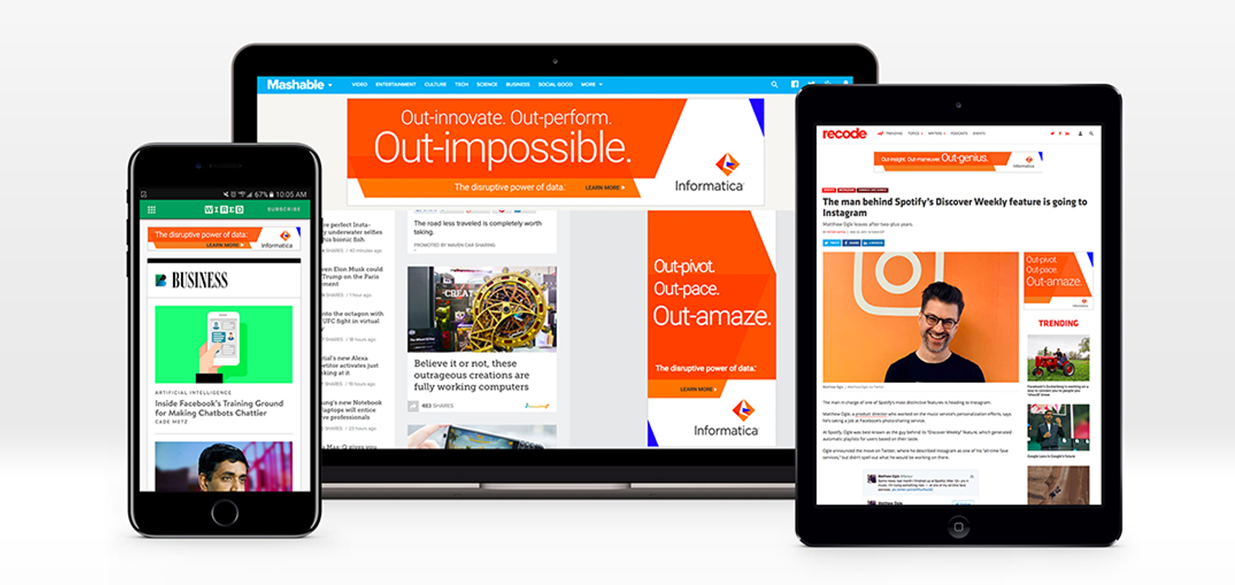
Liquid Agency worked with Informatica’s leadership to co-create and align on a new vision and brand strategy for the company. The strategy informed our creative platform—The Disruptive Power of Data. The next step was to launch the new brand through a three-phased approach: design the new brand identity, visual style and marketing communications system; leverage their premier customer event, Informatica World, to launch the brand; and launch a global brand campaign to bring the new, powerful message to the marketplace.
The new brand kicked off at Informatica World at Moscone in San Francisco. The media launch was a combination of out-of-home placements in the Bay Area, with a heavy concentration in downtown surrounding Moscone, units at SFO, and digital campaigns, including geo-fenced mobile paired with a global display campaign.

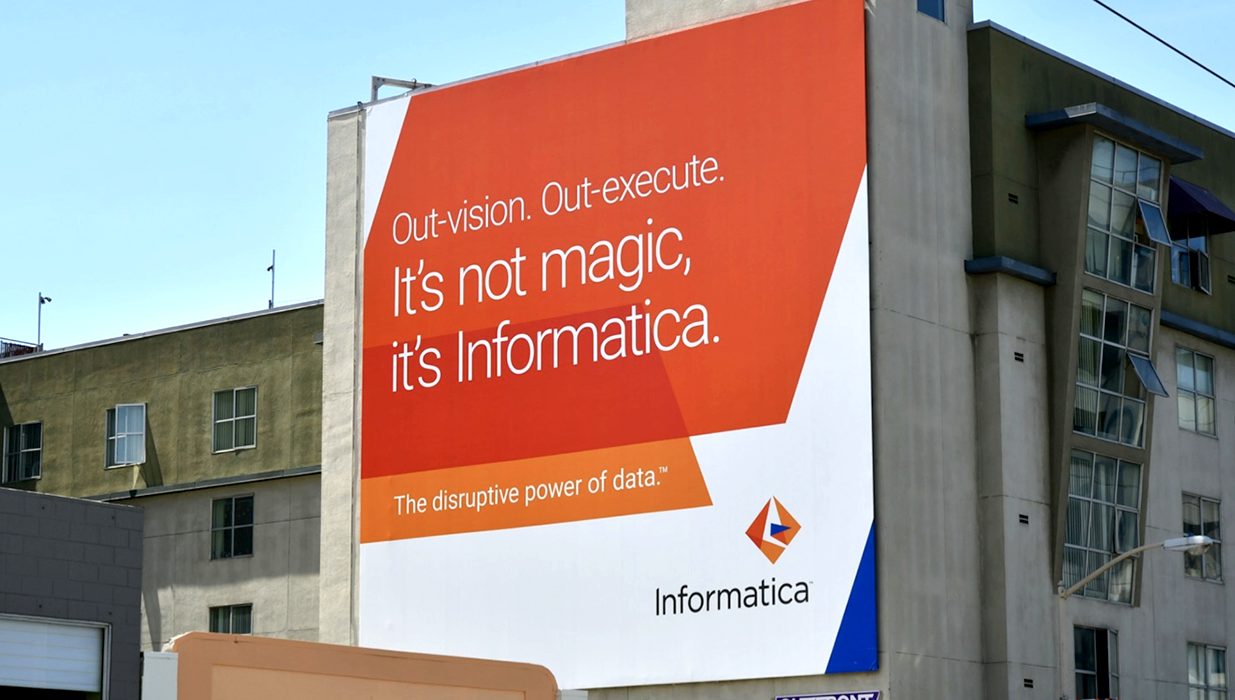
After nine months of implementing their new brand strategy, Informatica’s brand awareness increased by almost 24%. There were also huge increases in awareness for all six data products tracked—nearly 51% on average. Looking across all U.S. markets, Informatica was the only company (of nine tracked) to have a significant growth in advertising recall, moving from 23% to 34%—primarily with prospects.
